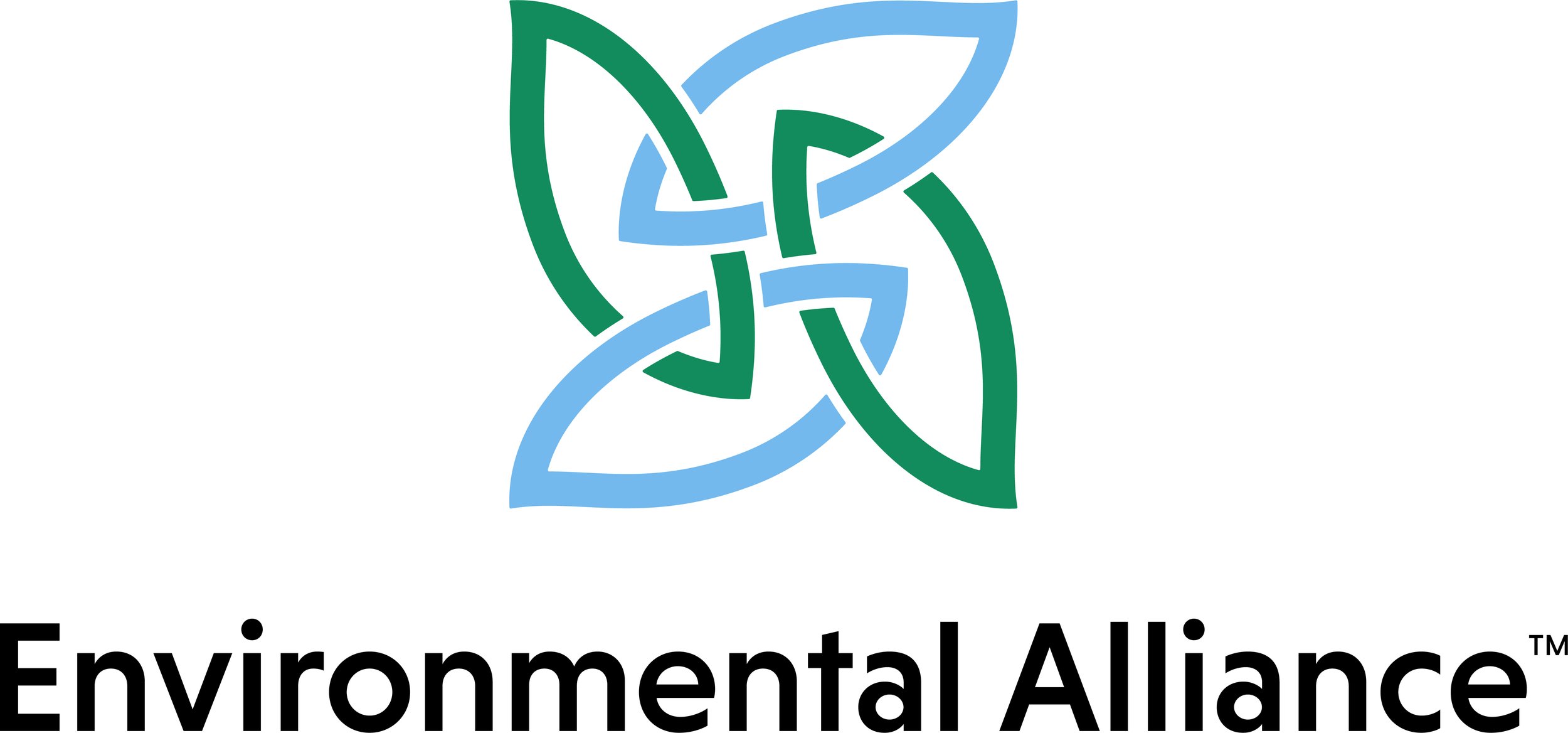The Basics of Industrial Recycling
Photo by David Hofmann on Unsplash
Every industry—from manufacturing and medicine to agriculture and energy products—generates reusable and recyclable materials. Much like household waste, including cardboard, paper, aluminum cans, and plastic containers, industrial waste is considered a valuable commodity. Using the correct processes and equipment, industrial waste can easily be reused or recycled.
What is Industrial Recycling?
Industrial recycling is the process of re-incorporating valuable secondary materials generated from industrial processes into newly manufactured products. Depending on what waste your industry produces, you may be able to reuse these materials in your company processes or sell them to another company that can use them.
Examples of recyclable industrial waste include:
Scrap and residuals from production processes
Coal combustion products
Construction and demolition debris
Products that have been recovered at the end of their useful life, including appliances, motor vehicles, and tires
Industrial Recycling: An Effective Part of Waste Stream Management
Many industries focus on curbing their energy and water consumption during the manufacturing process. While noble, these goals often overshadow the impact that material disposal can have on the economy, human health, and the environment.
Proper waste stream management is a sustainability effort that can have tremendous benefits when implemented properly. Consider that industrial recycling is an effective part of waste stream management. Any waste that cannot be prevented or reused should be recycled to divert it away from landfills.
What is Beneficial Use?
Hundreds of millions of tons of non-hazardous secondary materials are disposed of each year. This comes at a substantial cost, both to the company generating the waste and the companies that must purchase more expensive raw materials because recycled goods aren’t available. Many of the industrial byproducts that end up in landfills have the potential to be recycled—or beneficially used—instead of going to waste.
Beneficial use is when recycled materials are substituted for raw materials in such a way that:
Provides beneficial functionality
Meets performance standards
Does not pose a risk to human health or the environment
Examples of industrial waste recycling for beneficial use include:
Using coal fly ash in place of Portland cement in concrete
Substituting desulfurization gypsum for mined gypsum in drywall
Utilizing spent foundry sands and slag in soil-related applications, such as base material at construction sites
Recycling crushed concrete and asphalt from construction projects for use as aggregate in new pavement
Common Industrial Recycling Equipment
Using the proper industrial recycling equipment contributes to a more efficient, profitable business. Consider some of the most common tools in use today:
Wire granulators recover the valuable copper and aluminum found inside industrial cables and wiring.
Hydraulic shears reduce scrap metal to a more manageable size.
Wire strippers strip and separate wiring of various diameters and materials.
Vehicle recycling equipment is used to drain, dismantle, separate, depollute, and recycle cars. Examples include vehicle tilting tables, fuel extractors, airbag deployers, wheel poppers, and engine crushers.
Scrap balers make it easy to compress large metal objects into smaller, more transportable pieces.
Roll splitters are used to cut surplus or defective aluminum coils and other packing material reels.
Hammer mills break up everything from electric motors and transformers to green boards and copper meatballs.
Magnets help purify the product stream by separating metal from other recyclable materials, including plastic, rubber, paper, and wood.
Benefits of Industrial Recycling
Because of the potential for numerous economic, environmental, and performance benefits of industrial recycling, every company should pursue appropriate beneficial uses for the secondary materials they generate. Some of the advantages of doing so include:
Reduced costs: Everyone involved in the industrial recycling process saves money. The companies generating the waste reduce costs by reusing or reselling byproducts that would otherwise be thrown away. The companies purchasing secondary materials receive a discount compared to buying raw materials.
Conserved natural resources: When waste products are reused, it reduces the need to produce new raw materials, minimizing the dependence on virgin resources.
Fewer greenhouse gas emissions: Municipal solid waste landfills are the third-largest source of human-related methane emissions in the US. By reducing landfill volume, industrial recycling can help slow global climate change. The recycling process also usually emits fewer pollutants than the extraction and production of new materials.
Improved public perception: If your company strives to be a good corporate citizen, participating in industrial recycling brings you another step closer to this goal.
Industrial recycling rules and regulations vary across North America. If your business is looking for opportunities to reuse and recycle secondary materials, contact your local environmental protection office for more information.
You also need access to the proper industrial recycling equipment for the job. The specialists at Solid Equipment Company can help you identify the best machines to satisfy any industrial recycling challenge.
Call (866) 511-7720 to discuss your industrial recycling needs with a knowledgeable industry expert.

